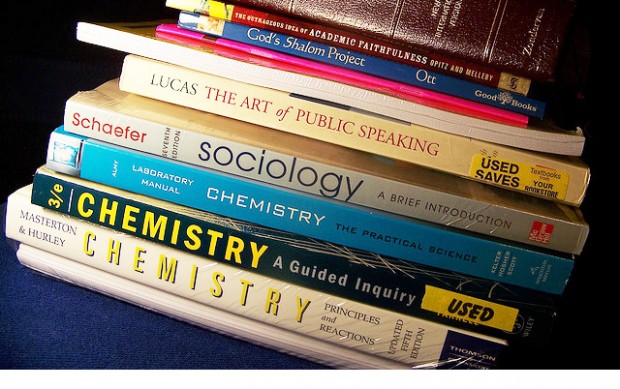In teaching in a foreign country where pedagogy and instructional methods are quite different than Western methods, I have found ways to bring creative thinking and reasoning together: what I call “fluid learning”. To me, this brings both left-and-right brain styles of thinking together in one complete package. As an example, I used a simple word puzzle this week in my writing class.
My reasons were more than playing a game: it was serious from the start, because my Chinese students DON’T like to brainstorm or word-web out ideas. They just try to write in English, and in doing so, get bogged down and discouraged. But this lesson showed them a lot more than they expected.
First, I made up a word puzzle with business English vocabulary that they will likely encounter in their sophomore classes. Because I’ve taught this course as well, I know what words are commonly used on exams. In Asian countries, especially China, the emphasis is SO strong on “study-memorize-test”. There is no amount of critical thinking taught to the students. And I insist that they need this, especially as international graduate-degree-seeking young men and women.
Then I started the class. I knew they were apprehensive: their mid-term papers were due. And I wrote the word “test” on the board. It raised some of the tension, but then I wrote “con” in front of it: “contest”. It brought laughs and smiles. Yes, I said, this will be a fun exercise for you all, and you will learn to think and write in this lesson.
I gave out the word puzzle papers, FACE DOWN. That’s important: “DON’T turn them over!” I wanted them to learn to LISTEN to me first. Of course, within two minutes, several students had ignored me and begun to scan the paper. I stopped each time and mildly reprimanded them that “you need to LISTEN to me. If this was a job interview process and you read it and saw on the bottom that ‘Failure to listen means you are not qualified for the position,’ you’d be crushed with disappointment.” I reminded them that I wanted everyone to have a fair chance to be the winner of the contest. It doesn’t matter who has the highest grades, I said. This is different.
So then I signaled them to begin. And I could listen (even though I don’t speak Chinese) to their exclamations of surprise and delight when they found words in the puzzle. I watched their earnestness and determination as they pored over the combinations and searched for patterns. I observed them interacting with each other in pairs and groups as they shared results.
When the first person sounded out that he had completed all the words, the others kept going. I let them continue: their progress was part of my goal. I wanted them to complete the process on their own initiative. We took a short break, and I still saw some of them trying to solve the missing words. What I noticed was that some of them instantly could figure it, while others tried different ways of seeing patterns in the letters. And everyone had his or her own way of doing it.
As a follow-up, I wrote out the list of results and methods that I wanted them to think about for writing a paper about this experience. Again, as noted, my students are NOT the kind who do brainstorming. They are much more inclined to try and memorize something, or to use their cell phones to surf for an answer. And I gleefully told them at the start that they were welcome to use their phones—but that the device would offer no help. They had to learn to THINK first.
I put a title on the board: Solving the Word Puzzle. My students need to learn how and why a title should be on a paper. My reasoning is “What is the idea to be explained in the content? That’s the title.” Then I wrote out a numbered list of items that they had experienced in the process as a way of showing them how to WRITE DOWN ideas and use it as a focal point to bring up more examples of thoughts for the paper:
1. Think independently.
2. Work in teams; help others
3. Solve problems without directions
4. No phones needed—do this with your own brain power
5. Have fun—get excited!
6. Stay with an idea! Keep pushing for results and answers!
7. Listen first to directions!
8. Learn new vocabulary words
9. Learn word recognition
10. Not use “study-memorize” for results. Use creative-critical thinking.
11. Brainstorming ideas by writing them and seeing where they lead in other results.
My students thanked me and said it was really interesting. They enjoyed the class, and I reminded them that it’s just as important to THINK about writing and then to plan it out first—just like I had done for them with the examples that I listed.
I said that we will write about this experience and that this list will serve as reminders of how and what and why they learned something, and how to remember it. And then I thanked them for helping me learn to be a better instructor.



